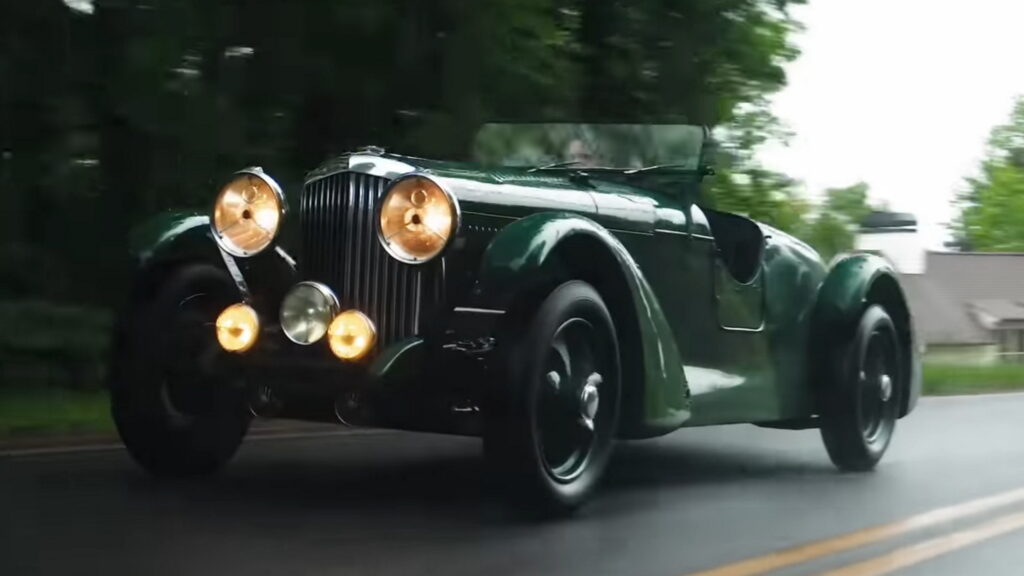Quite famously, Le Mans is a 24-hour race. You may not have thought, then, that there should be a rule stating that a driver change was necessary. And yet there is, possibly inspired by Eddie Hall, the only driver in the history of the event to have driven the whole race alone.
Hall achieved his feat in 1950, but the car that he did it in was actually from the ’30s. A bit of a hodgepodge, it started life as a “Derby” Bentley 3.5 Litre. However, in 1936 it received a factory upgrade in the form of a 4.25-liter engine and new bodywork.
The car was all set to go to Le Mans that year with Hall at the wheel, but a French strike prevented the race from being run. Hall didn’t have another chance to run the car in the ’30s, and then there was a 10-year hiatus between 1939 and 1949.
But by 1950, Hall was still interested in racing, and despite being 16-years-old he thought the car could still compete. He and a man called Tom Clarke went to Le Mans to compete in the 24-hour race.
Read: Bentley Returns To Le Mans With 93-Year-Old Design

In a move that I assume was rather frustrating for Clarke, every time Hall came into the pits, he waved his co-driver off, saying he would keep driving. In the end, all on his own, he managed to complete 236 laps at an average speed of 83 mph (134 km/h), running 1,978 (3,183 km) by the time the checkered flag fell.
That was a solid enough performance to earn him eighth place in the race, a staggering feat. While that may seem implausible, it wasn’t actually as unique as you may think. All but two of the laps driven by the race-winning car in 1950 were driven by a single driver, and a year earlier another driver had managed to drive almost all 24 hours.
Hall is the only driver to have officially driven every lap on his own, though. From behind the driver’s seat, Hagerty’s Henry Catchpole seems to almost understand how he could have done it. A surprisingly unfrightening car to drive for its age, it has unexpectedly accurate steering, confidence-inspiring brakes, and impressive grunt out of the corners.
Although the car was rebodied since it ran in 1950, it still has a direct connection to its past. It’s currently owned by the Revs Institute, which was set up by Miles Collier, the nephew of Briggs Cunningham, who bought the car from Hall and also raced in 24 Hours of Le Mans in 1950, meaning that everyone in the car’s ownership history has a direct connection to the race in which it placed eighth.




